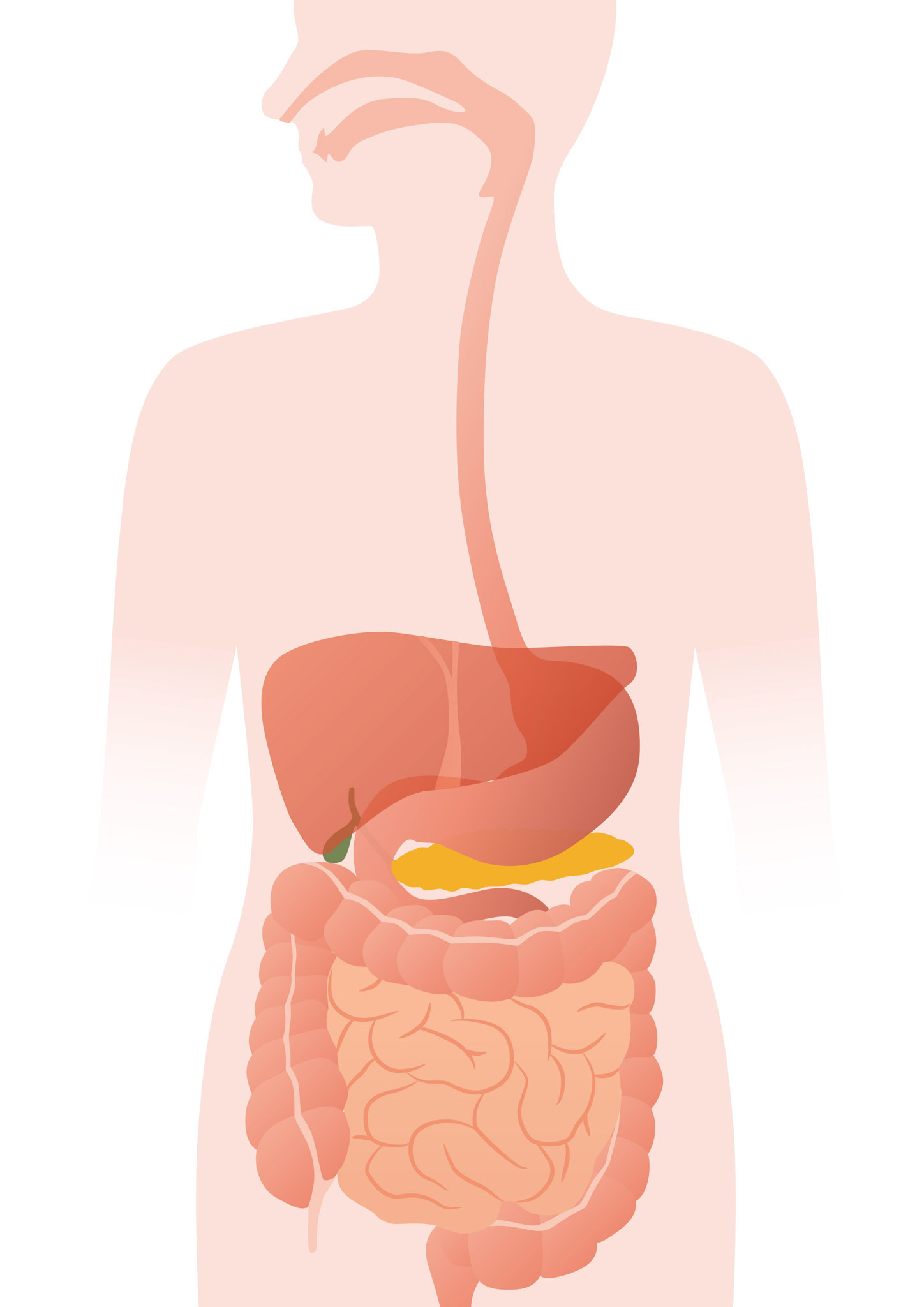What is a system?
A system is a collection of interconnected components that work together to achieve a common goal. The components of a system can be physical or virtual, and they can be connected in a variety of ways, including mechanical, electrical, or digital.
Systems are often complex, with many parts working together to achieve the common goal. In order to understand how a system works, it is often necessary to study its individual components and how they interact.
The Basic Parts Of A System
This section describes the basic characteristics of systems. You can read more about this in Donella Meadows’ (2008) book Thinking in Systems: A Primer. Much of the content that follows is drawn from Chapter One of Meadows’ book.
So, what is a “system” anyway? As Meadows writes: “A system is an interconnected set of elements that is coherently organized in a way that achieves something” (2008, 11).
What are some examples of systems? Our bodies are systems, our families are systems; a tree, with its ability to absorb, translocate, store and utilize water and sunlight is a system; a school or a government is a system; and the economy is another example of a system. Of course, systems also exist within systems. Each individual cell of our bodies is its own system, or a tree is a system that exists within a larger forest, which is also a system. A cohort of students within a program within a college is another example of a system within a system. In reality, there are no boundaries between any of these systems. And interconnections exist between all of these examples.
As Meadows (2008) explains there is “an integrity or wholeness about a system and an active set of mechanisms to maintain that integrity. Systems can change, adapt, respond to events, seek goals, mend injuries, and attend to their own survival in lifelike ways, although they may contain or consist of non-living things. Systems can be self-organizing, and often are self-repairing over at least some range of disruptions. They are resilient, and many of them are evolutionary. Out of one system, other completely new, never-before-imagined systems can arise” (p.12).
In fact, we live in an infinitely diverse and interconnected world of systems. The magnitude of this, however, can overwhelm us, and dampen our ability to focus on them. This interconnectedness has been either absent or erased in the modern Western education systems that emerged since the Industrial Revolution. Reductionist tendencies which favour "fragmentation and isolation still dominate much of modern education - just think of the fact that most of us were schooled in disciplinary silos. The approach of studying things in isolation in order to deal with immediate surface features of problems" still dominates much of modern education (Senge, Scharmer, Jaworski, Flowers, 2004, 190-191; Valerdi, 2010). And while the term “systems thinking” emerged in Western academic disciplines only in the last three decades, Indigenous knowledge systems around the world have long embraced the relationships that exist between all things, which have impacted these communities’ cultures and philosophies.
In a basic sense, a system can be understood as consisting of three things: elements, interconnections, and a function or purpose.

Donella Meadows uses the example of a sports team to illustrate the meaning and relative importance of elements, interconnections, and a common function or purpose for systems.
For example, the elements of our digestive systems include our mouths, teeth, esophagi, enzymes, stomach, and intestines. These elements of our digestive systems are connected through the physical flow of food, and through an elegant set of regulating chemical signals. The function of this system is to break down food into its basic nutrients and to transfer those nutrients into the bloodstream (another system), while discarding unusable wastes.
